Lead Pipes
Do You Have Lead Pipes in Your Home? Water mains in the UK are not…
Read more24 hr Emergency Callout
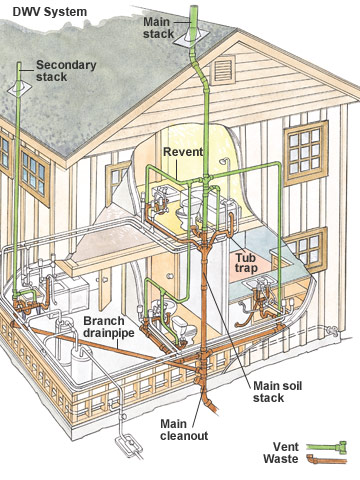
Blog
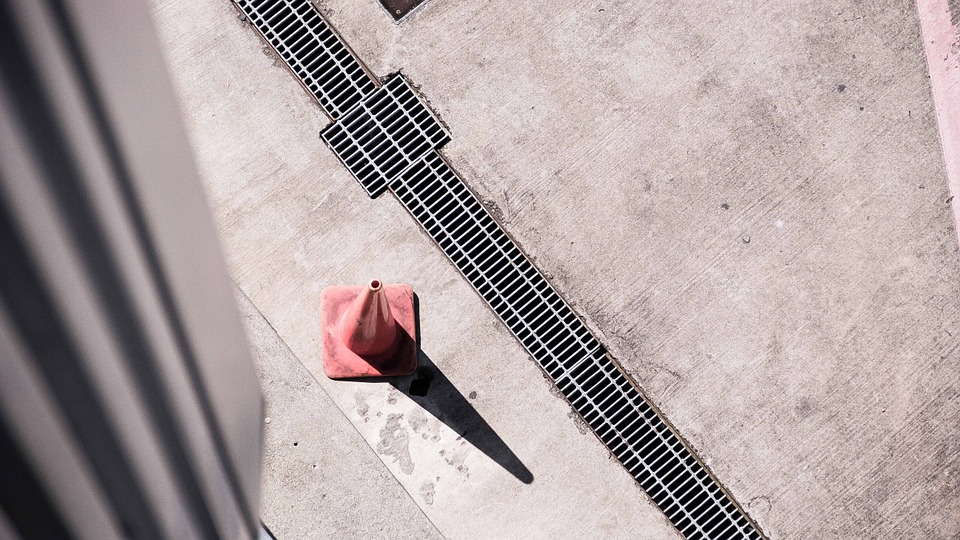 Learning about your property’s drainage system is extremely important. If you can’t tell whether your house has surface water drainage, the Coastal Drain experts are here to help. We help homeowners understand their drain connections and systems so that they know where their surface water drains to and what to do if there is a problem.
Learning about your property’s drainage system is extremely important. If you can’t tell whether your house has surface water drainage, the Coastal Drain experts are here to help. We help homeowners understand their drain connections and systems so that they know where their surface water drains to and what to do if there is a problem.
Surface water drainage consists of rainwater pipes on the roof of your property, under-ground pipework such as surface water drains or sewers, and above-ground gutters. These drainage solutions help tackle the problem of surface water flooding. If you own your property and you want to avoid flooding or an over-saturated garden, surface water drainage is essential.
You can decipher whether your property has surface water drainage by finding out where the water drains to. It could be that the surface water draining from your property drains straight into the sewer. To find this out, there are a few common signs to look out for:
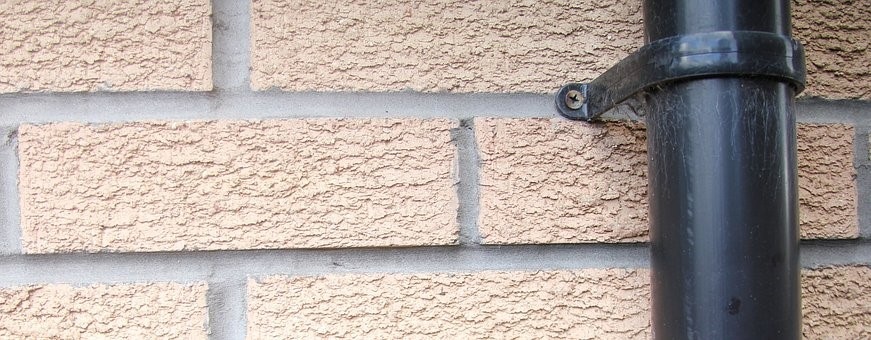 One of the things most people don’t realise is that there is a difference between surface water and foul water. Your home should have two drainage systems; one that drains away the foul water and one that drains away the surface water. Let’s take a look at the differences between the two now.
One of the things most people don’t realise is that there is a difference between surface water and foul water. Your home should have two drainage systems; one that drains away the foul water and one that drains away the surface water. Let’s take a look at the differences between the two now.
Foul Water: is wastewater that comes from bathrooms, kitchens, and washing machines. The foul water from your property either drains into the main sewer or, if your property is not attached to a main sewer line, it drains into a septic tank.
Surface Water: is water that is fairly clean. Surface water includes rainwater runoff from roofs, gutters, pond overflows, French drains, and driveways. The great thing about surface water is that it can be drained away from your property and safely returned to watercourses.
Surface water is also known as rainwater, storm-water, or frozen snow and ice. Therefore, when there is an excess of surface water on your grass, there may be less surface to effectively absorb and drain the water. In extreme weather conditions, the land becomes so saturated that when heavy rainfall occurs, the surface water simply has nowhere to go. The result of excess surface water is flooding.
UK residents requiring assistance and rescue from rising flood waters is becoming an increasing problem. Time and time again flash floods are devastating communities and causing excessive damage. Therefore, it is more important than ever that solutions are put in place to effectively deal with excess surface water.
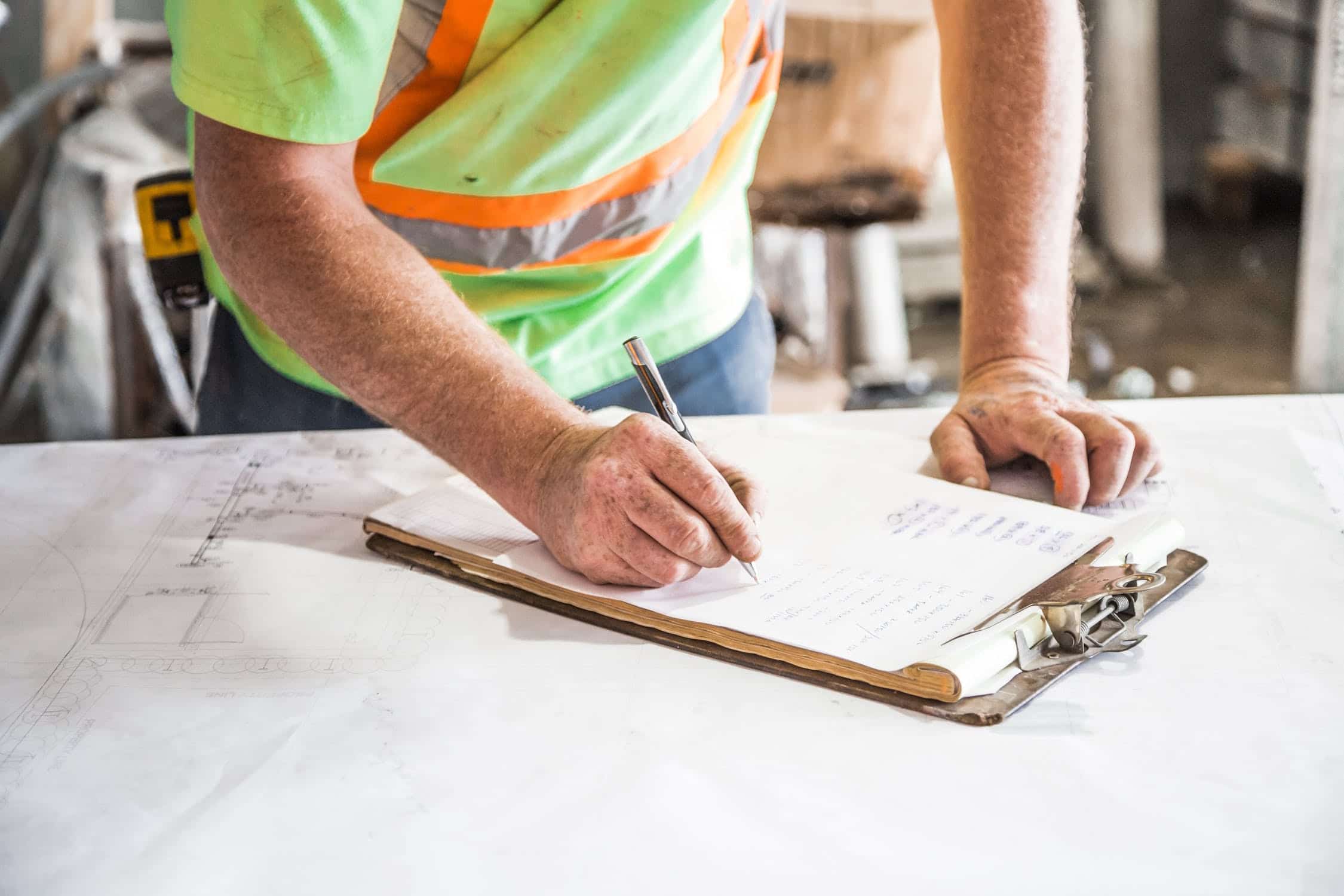 The best way to find out if your house has surface water drainage is to check the Title Deeds of your property or to check your property’s original Planning Application. All of this information will be held by your local authority, so you should contact them if you don’t have a copy of your own.
The best way to find out if your house has surface water drainage is to check the Title Deeds of your property or to check your property’s original Planning Application. All of this information will be held by your local authority, so you should contact them if you don’t have a copy of your own.
If you are unsure, another solution is to check the exterior of your property for any signs of a soakaway. The easiest way to find a soakaway is to follow the rainwater downpipes from your house and see how far they go. Often, the downpipes from your home will lead to a sunken area on your lawn. You need to be eagle-eyed, however, as soakaways are installed discreetly, so they can be hard to find.
If you have tried to find out where the surface water drains from your property but you simply cannot work out where the drainage leads, book a CCTV survey. At Coastal Drains, our drainage experts are here for you. We carry out CCTV drainage surveys for your property so that you can find out where your surface water is draining to.
Having a CCTV drain survey carried out is by far the best way to find out whether your home has surface water drainage or not. We are proud to thoroughly survey your drains and provide you with a schematic diagram that shows where your drains run and where all discharge points are. This is not only helpful for understanding surface water drainage, it is also helpful for understanding how everything works.
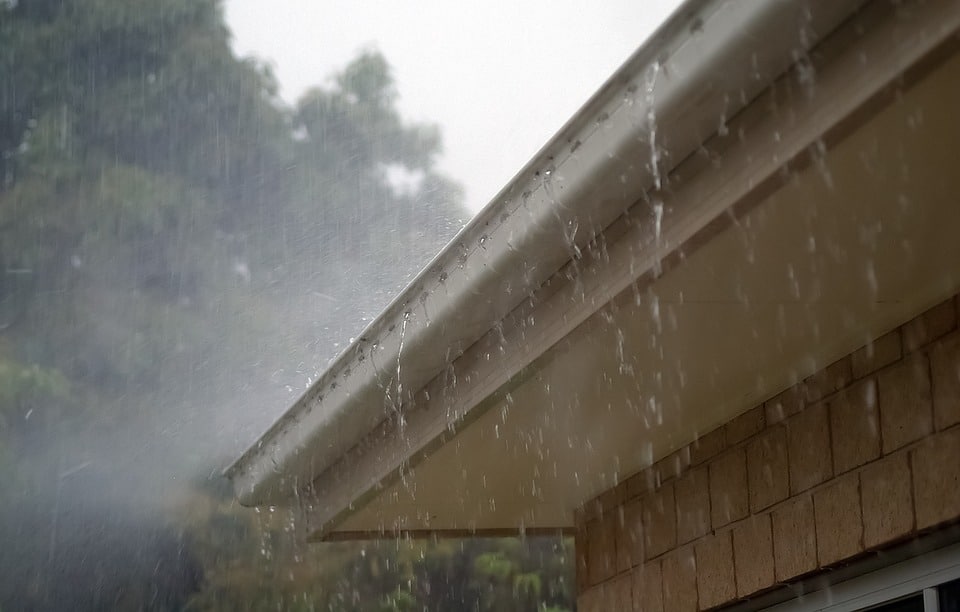
Once you have had a survey carried out, it is important to act on the results. It may be that the survey highlighted some blockages, broken pipes, or other potential problems. Rectifying these issues, clearing any blockages, and having our team fix any broken pipes will help keep your drainage system in optimum condition.
Our specialist drain experts at Coastal Drains are available to provide you with everything you need from CCTV drain surveys to drain unblocking services, cleaning, and repair. We can also advise you on effective drain maintenance techniques.
Preventative maintenance is essential to ensure your drainage system is flowing effectively as it helps minimise the risk of surface water flooding. As experts in drainage, we recommend having your drains surveyed regularly so that you stay on top of any potential problems and you can deal with any urgent issues as soon as possible. If you own a commercial or industrial site, we recommend booking a CCTV drain survey every three to five years, alongside annual drain unblocking and cleaning services.
For domestic properties, we recommend professional drain unblocking and cleaning services every year or two to ensure your drains are performing at optimum level. Having a future drain maintenance plan in place helps keep your drains future-proof, ensuring they are able to drain surface water effectively, safely, and thoroughly.
There are multiple types of surface water drainage that are available to install in your home as a flood prevention method. Let’s take a look at some of the most popular.
Road Gullies and Grills: drainage gratings can be found at the edges of roads and connect to the main sewage drainage system. The public sewer system is managed by private water and sewage companies, so to drain your surface water into the main sewage system will incur a charge.
Soakaways: surface water flows from roofs and gullies down rainwater pipes and into soakaway chambers, in more rural areas where sewers are not able to be connected to. From there water is drained gradually into the ground.
Grips or Channels: there are some rural roads that have channels or grips cut across verges to let water drain easily off the road. The channels are maintained by local authorities and are a great solution for the effective drainage of surface water.
Catchpits: this is a manhole with a sump, so required emptying periodically. In a catchpit, the bottom sits lower than the pipes going in and out. This means that any sediment that enters the catchpit settles at the bottom, keeping the pipes clear of debris so that surface water can drain easily and the risk of flooding is reduced.
Culverts: pipes and stone culverts carry streams under the roads and are maintained by the local authorities. Culverts help drain excess surface water away from land and properties.
Roadside Ditches: these are maintained by landowners, not the local authority. So, if you have a roadside ditch on your property for the effective drainage of surface water, it is important you carry out the relevant maintenance.
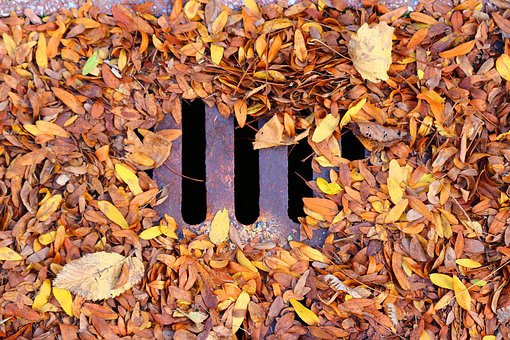 Surface water that drains into the public sewers is removed and processed by sewerage companies in England and Wales. To remove this surface water and process it costs the companies around £1 billion each year. If the surface water from your property drains into the public sewer, you will be charged for this service as part of your sewerage bill.
Surface water that drains into the public sewers is removed and processed by sewerage companies in England and Wales. To remove this surface water and process it costs the companies around £1 billion each year. If the surface water from your property drains into the public sewer, you will be charged for this service as part of your sewerage bill.
If you have proof that the surface rainwater from your home does not drain into a public sewer but instead drains into a soakaway, you will be exempt from future sewerage charges.
If you have any further questions about surface water drainage and the options available to you, please do not hesitate to get in touch. We are experts in all types of commercial and domestic drainage, and we would be more than happy to answer your questions. Contact us today and find out how we can help you.